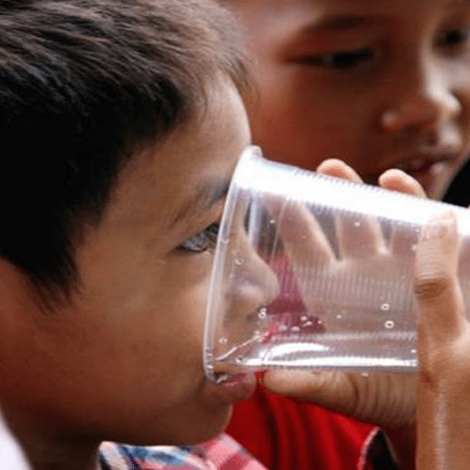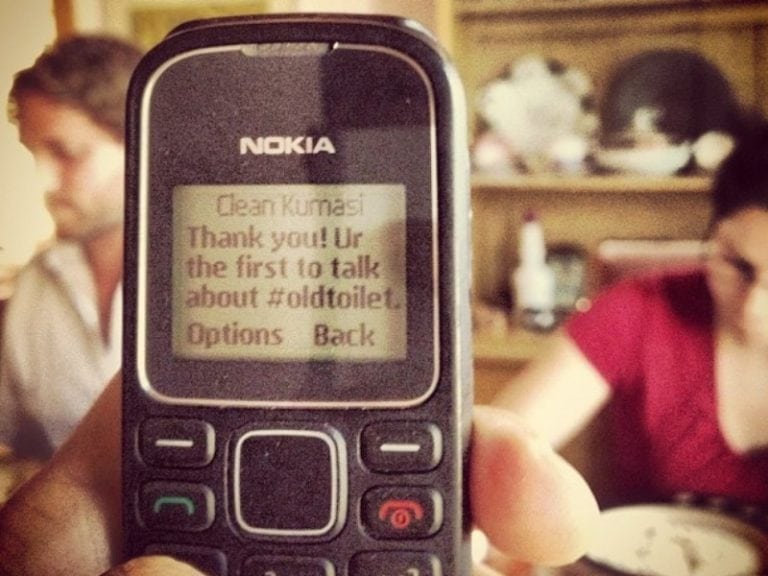Every day for 26 weeks entrepreneurs delivered filtered and UV-treated water to four schools in four Cambodian villages. The schools received 20 liters per day, averaging .53 liters per student, and they distributed it free of charge. During the dry season, the rate of absenteeism at those schools was less than half that of four other schools that did not provide free water. And the cost of the program was about US $1.40 per student, per year, according to a new study.
[quote author=”Dr. Paul Hunter”]Clearly, reducing student absenteeism is vital to improve educational attainment and alleviate poverty.[/quote]
In the rainy season, however, absenteeism spiked at all eight schools, and the rate was roughly the same between all of them. The seasonal attendance drop was no surprise in these agrarian communities, given that farm work siphons children off to the fields when they are needed.
Even if it only works during half of the school year, providing clean water may be a low-cost way to keep more kids at their desks, according to results published online March 15 in the open-access journal PLOS One.
Researchers are not sure why, exactly, serving clean water seems to boost attendance, but they guess that it may be for the simple reason that the children can hydrate well and feel better at school.
“Even mild dehydration in children may be associated with poor health, and previous studies have shown that keeping well-hydrated improves cognition and energy levels in children. So providing free water in schools would improve children’s general well-being and learning experience,” Doctor Paul Hunter, a professor and infectious disease specialist at the University of East Anglia’s Norwich Medical School in the United Kingdom, who was involved in the study, said in a statement.
Cleaner hands, better attendance
More than 5000 km away by road in Mumbai, India, a handwashing program that targeted five-year-olds and their families was linked to higher attendance rates, another study has found. The program promoted handwashing and distributed soap to 847 households with five-year-olds in 35 communities. It went on for nearly nine months while researchers measured illness rates and school attendance. They compared the results against 833 households in 35 other communities that did not undergo the program.
The five-year-olds who learned about handwashing had 27 percent fewer absences from school due to illness. They also had 25 percent less diarrhea, 15 percent fewer acute respiratory infections and 46 percent fewer eye infections, the study found. And their families also suffered less diarrhea and respiratory illness, according to results published online Jan. 2 in the journal Tropical Medicine and International Health.
Similar handwashing programs can be scaled up through public-private partnerships and campaigns in the classroom, Richard Wright at Unilever Research & Development in Bebington, United Kingdom, and his colleagues write in the paper.
Handwashing education seems to have a similar effect in schools in the developed world. A study of two elementary schools in Chicago, Ill. In the United States, found that attendance was higher during the flu season among children who were taught to wash their hands.
Water, sanitation and hygiene research has focused more and more on schools, and it looks like a low-cost target. It’s also an important one.

